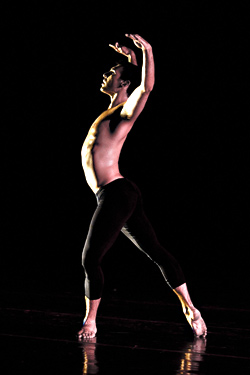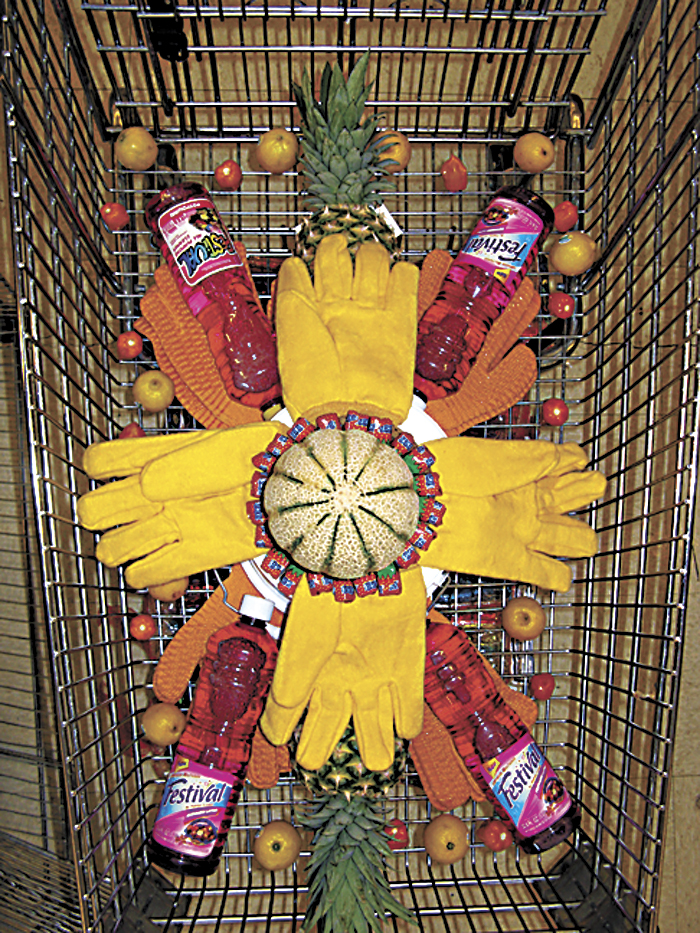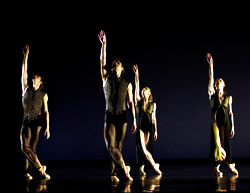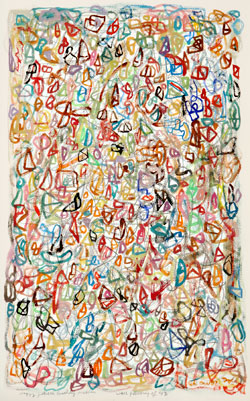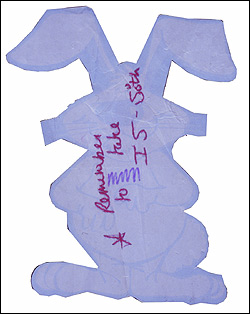When Vaslav Nijinsky premiered his choreography to Igor Stravinsky’s Rite of Spring in 1913, the story of pagan sacrifice—combined with bizarre costumes and never-seen-before moves—resulted in catcalls and a flashing of the house lights followed by a public riot in Paris. Molissa Fenley’s State of Darkness, though similar, didn’t cause quite the same reaction. Set to the same Stravinsky music, her breathtaking piece combines the grace of traditional ballet with purposefully awkward poses—knock-knees, flexed feet, and angular arms—that transform the body into modernist sculpture. It’s been rightly hailed as a masterpiece since its premiere in 1988.
Darkness is one of four works that Pacific Northwest Ballet is performing as part of a 125th birthday celebration of Stravinsky, one of the 20th century’s greatest composers, who died in 1971 at 89.
Two of the pieces were choreographed by George Balanchine, Stravinsky’s longtime friend and collaborator. The first one, Rubies (the central section of the larger Jewels), is a ballet without plot set to Stravinsky’s 1929 Capriccio for piano and orchestra. Here, Kaori Nakamura and Olivier Wevers sparkle as gems with quick, neat footwork and controlled yet fluid upper bodies. Ariana Lallone’s verve and athleticism offer a nice counter to their crisp bubble.
The second Balanchine piece is Symphony in Three Movements, a large-scale work using most of the PNB company that elicited wows from the audience as the curtain rose on a diagonal line of perfectly positioned dancers in white. Symphony could have been overwhelmingly frenzied, bodies upon bodies moving in Busby Berkeley kaleidoscopic patterns across the stage. However, Patricia Barker, who is retiring at the end of this season, is flawless, as is her partner, Casey Herd. They offer perfect clarity to a work that could, with less-honed techniques, easily become a messy jangle of limbs. (“A Celebration of Patricia Barker” on June 10 will give fans an evening to honor one of PNB’s most beloved dancers after a career of 26 years with the company.)
Part of what made Balanchine and Stravinsky such a winning collaborative force was both men’s belief in dance and music as equal partners. Balanchine’s choreography—not content to simply mimic Stravinsky’s score—uses the human body to pull the music into sharper focus, allowing the audience to “see the music and hear the dance.”
Circus Polka, originally choreographed by Balanchine, was commissioned by the Ringling Bros. Barnum & Bailey Circus and intended for elephants. For the first Stravinsky Festival in 1972, Jerome Robbins re-created the ballet for dance students rather than pachyderms, and included a ringmaster, handled with authority by Jonathan Porretta in the current production. Rumor has it that the final floor pattern spells out the composer’s initials. The piece is cute as a button, as prancing students dressed in pastel tutus swarm the stage, their antics firmly guided by a top-hatted, whip-wielding Porretta.
But Porretta’s shining moment comes later, when he dances Fenley’s 40-minute-long solo with a mixture of raw animal prowess and the stamina of a dozen men and women. It brought down the house. Not many can hold a stage alone for 40 minutes, especially a stage devoid of a set, with an understated—albeit perfectly suited—lighting design and the simplest of costumes: black tights. But hold it he does. About halfway through the work I found myself wondering how long he could hold out physically. The repetitive quality of Fenley’s choreography alludes to fertile growth and regeneration without being literal. Porretta taps into this sense of endurance—not like the Energizer bunny, pumped up on electrical current, but charged with a primordial energy leached from the bowels of the earth.
